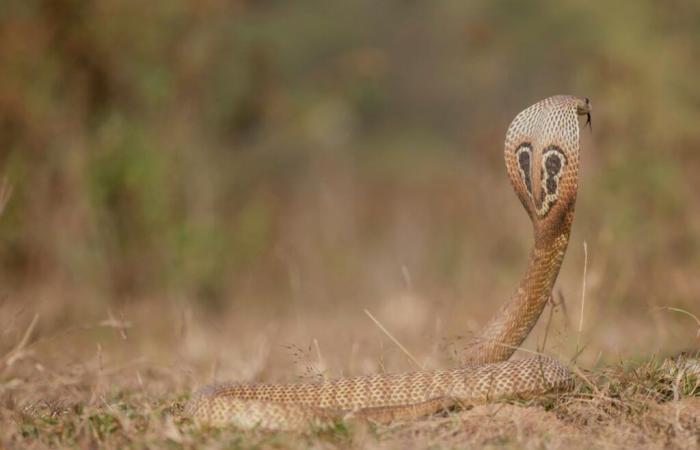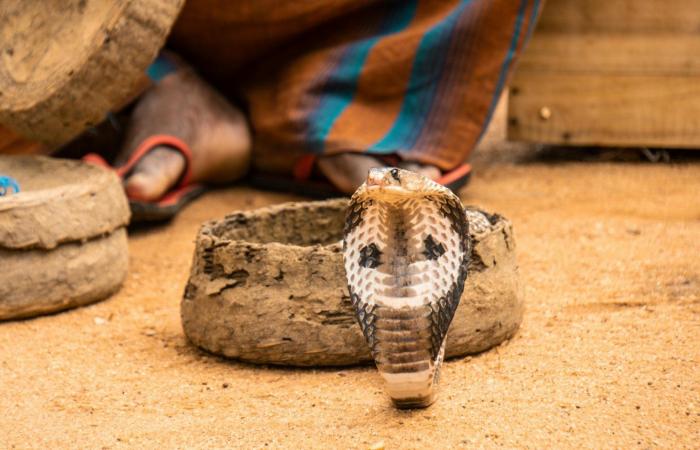At the intersection between passion, danger and science, the story of Tim Fried arises, a man who decided to face one of the most lethal enemies of nature: the snake poison. His case has gone from the anecdotal to the experimental, awakening the interest of the scientific community for its potential in the development of antidotes and drugs. But to what extent can a human body become immune to death?
The experiment that began as an obsession
Inspired by fiction scenes such as The promised princessTim Fried brought to reality a idea as reckless as intriguing: immunizing injected small doses of snake poison. His love for these reptiles began in adolescence, when he began collecting dangerous species such as cobras and mambas. But his approach soon changed. Instead of relying on external antidotes, he wanted to “train” his immune system as animals with animals do to obtain antiofidic serum.
For more than 20 years, Fried was administered about 850 doses of poison, becoming a subject of self -experience. This risky habit led him to the edge of death at least once, after falling into a coma for the bite of a cobra. Even so, he persisted. His story reached the ears of immunologist Jacob Glanville, who saw in his blood an opportunity to advance medicine.

Science, ethics and future: is it all for an antidote?
Glanville and his distribution team Bio began a serious investigation, whose result was recently published in the magazine Cell. According to their studies, Fried’s antibodies managed to protect toxins from 19 different species. Although the finding is promising, many scientists warn about the risks of this type of methods and question their validity from the ethical and methodological point of view.
However, this experiment has revived interest in a fascinating field: toxinology. Toxins of poisonous animals not only serve to create antidotes, but have also been key in the development of medicines. The Brazilian jarraca poison, for example, led to the creation of Captopril, a widely used antihypertensive. Another case is the venom of the Eastern Green Mamba, which showed potential to protect the heart. Even ozempic, a popular drug for diabetes and appetite control, has its origin in the toxin of a poisonous lizard.
Tim Fried’s legacy could, over time, go beyond immunity to bites: he could pave the way for new medical treatments. Although, like every radical experiment, it is still to be seen if the benefits exceed the price that he has been willing to pay.
Fuente: National Geographic.








